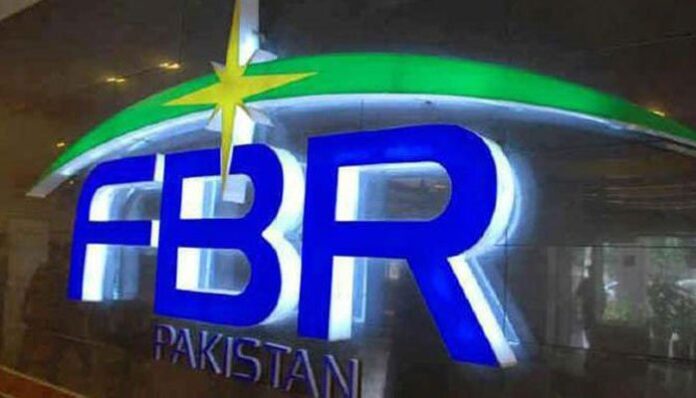The Federal Board of Revenue (FBR) has removed its policy directives through which the Commissioners Inland Revenue were prevented from manual issuance of income tax refunds to the applicants.
The FBR released a new field training guideline here on the manual issue of refunds on Wednesday.
As per the FBR’s new guidelines, the business community is facing an extreme liquidity shortage following the Covid-19 pandemic, and stopping their valid and determined refund is not against the explicit provisions of the law, but also against the government’s policy to assist the business community in these tiring times.
In addition, the directive explains that there is currently no system or process for issuing income tax refunds other than manual issuance, since centralized issuance was only for refunds to be issued under the PM’s Covid-19 Relief Package, and therefore all refunds of income tax to be issued by the Commissioner under the 2001 Income Tax Ordinance are to be issued manually.
FBR’s directives added that all previous guidelines of the Board not allowing the manual issuance of income tax refunds have been removed because full refunds under PM’s COVID-19 Relief Package have already been released.
The tax lawyer Shahid Jami clarified that the FBR ‘s earlier instructions not allowing the manual issuance of income tax refunds were contradictory to the Ordinance and Rules of Procedure of the FBR, where there was no provision for centralized issuance of refunds by the FBR, whether under the PM ‘s Relief Package or otherwise.
The legislative powers of the Commissioner were usurped under the pretext of Package and the goal was to avoid refunds by field formations. He pointed out that initially, as per the press release of the Ministry of Finance dated 16 April 2020, income tax refunds of Rs.50 billion were expected to be paid to the industry within a week.
He claimed that the centralized issuance procedure was defective and there were instances where refund orders had been issued and the name of the taxpayer had been included in the list sent to the Board with the ‘IBAN’ number, but the amount had not been credited to the bank accounts and the field formation had no access to verify whether or not the refund amount had been credited to the bank account of the taxpayer?



